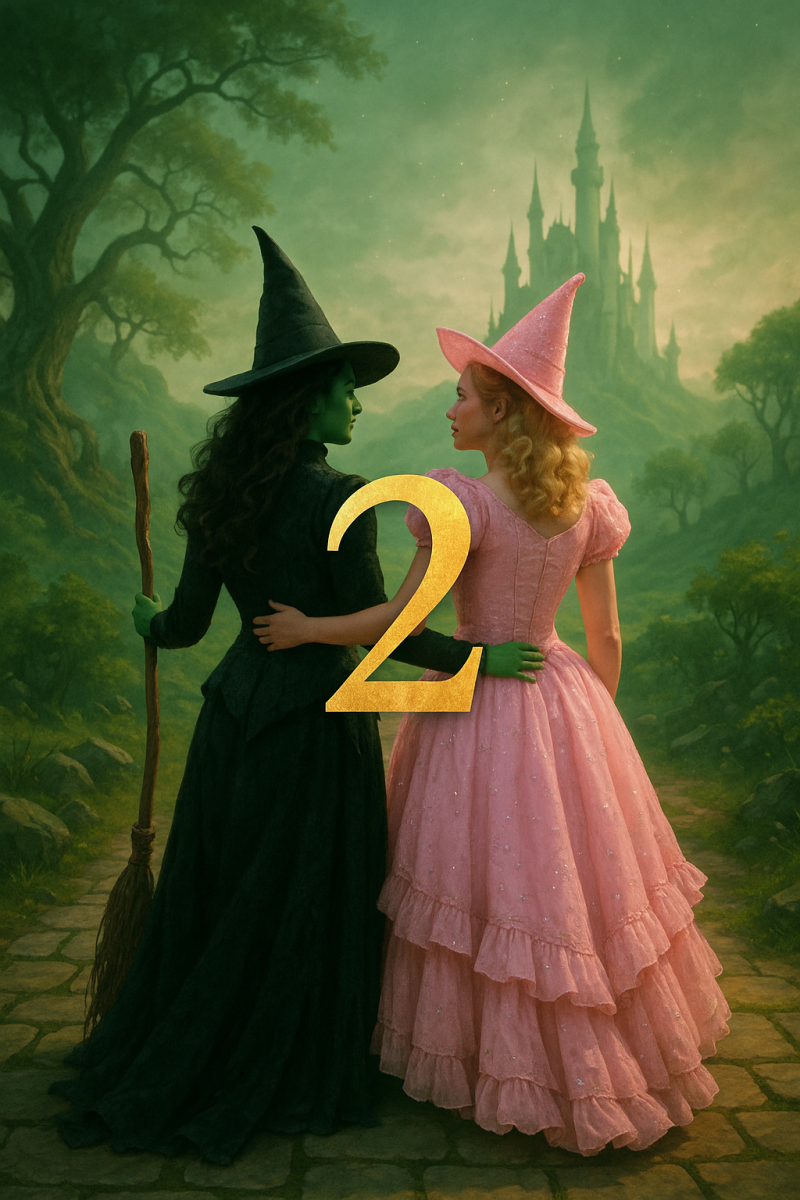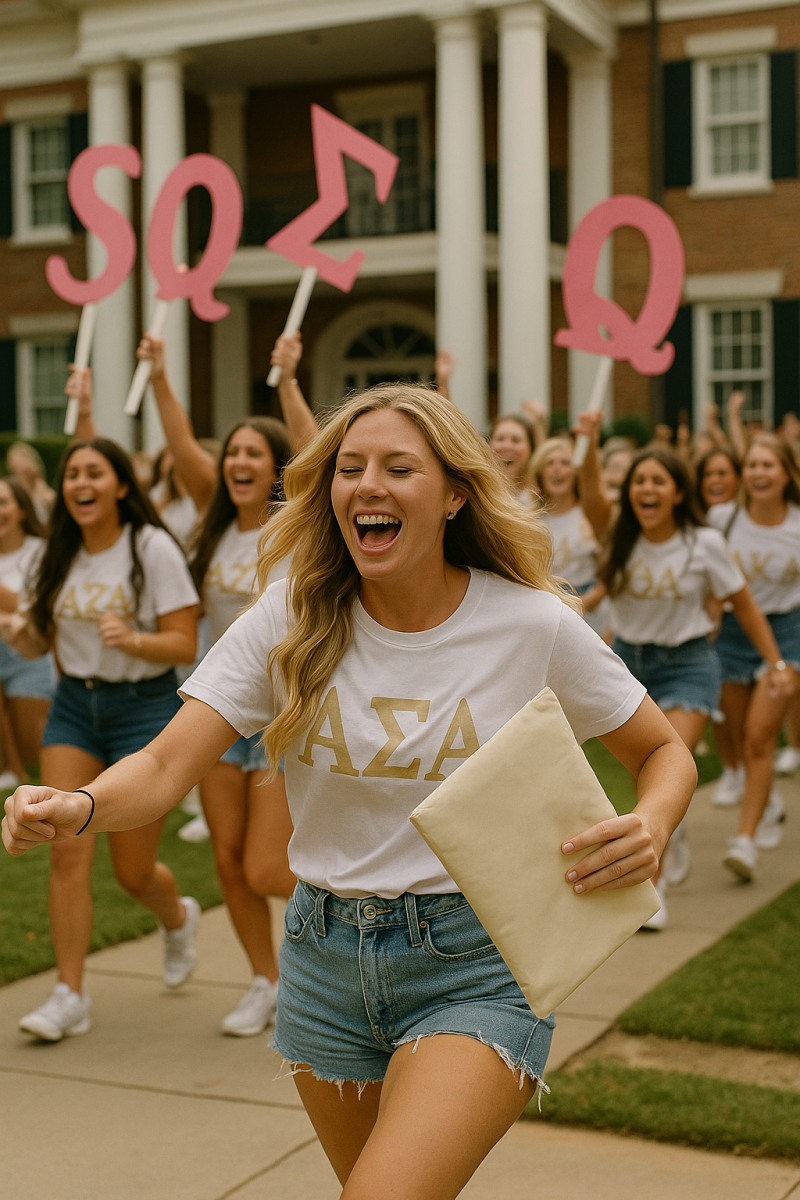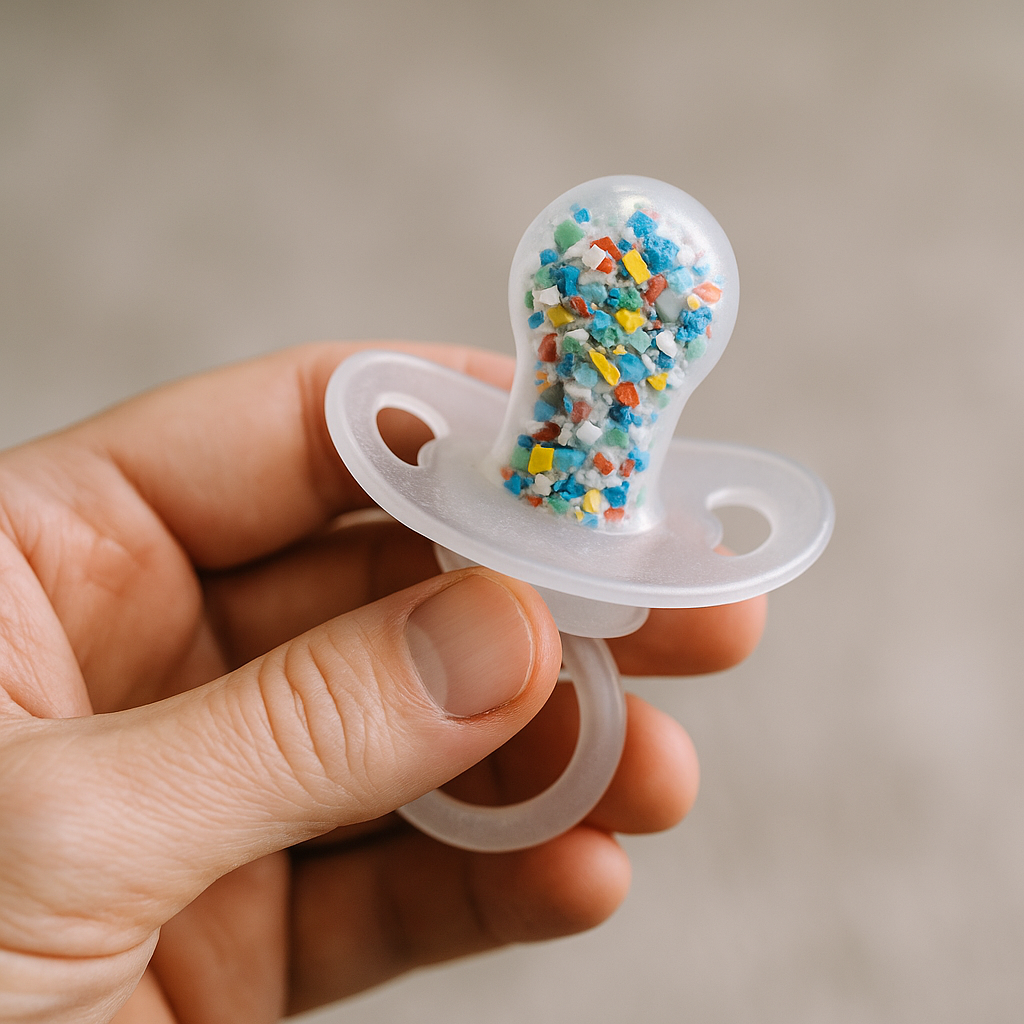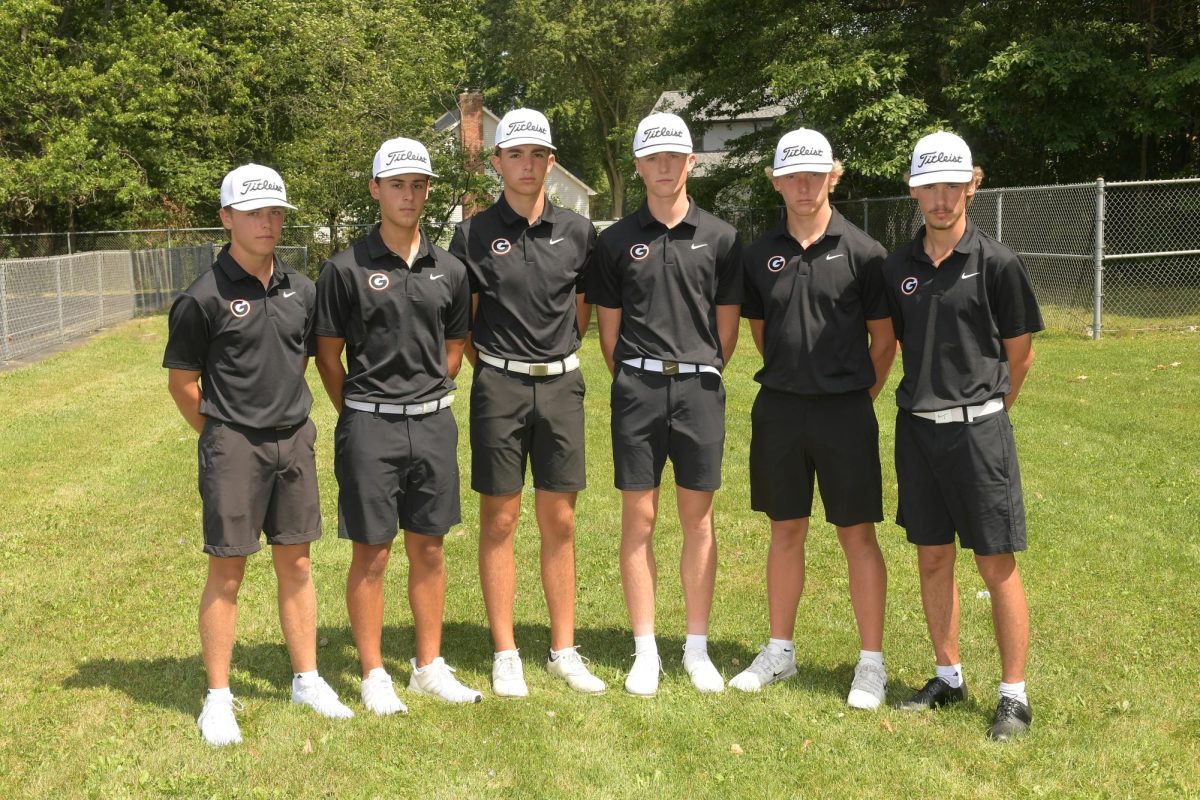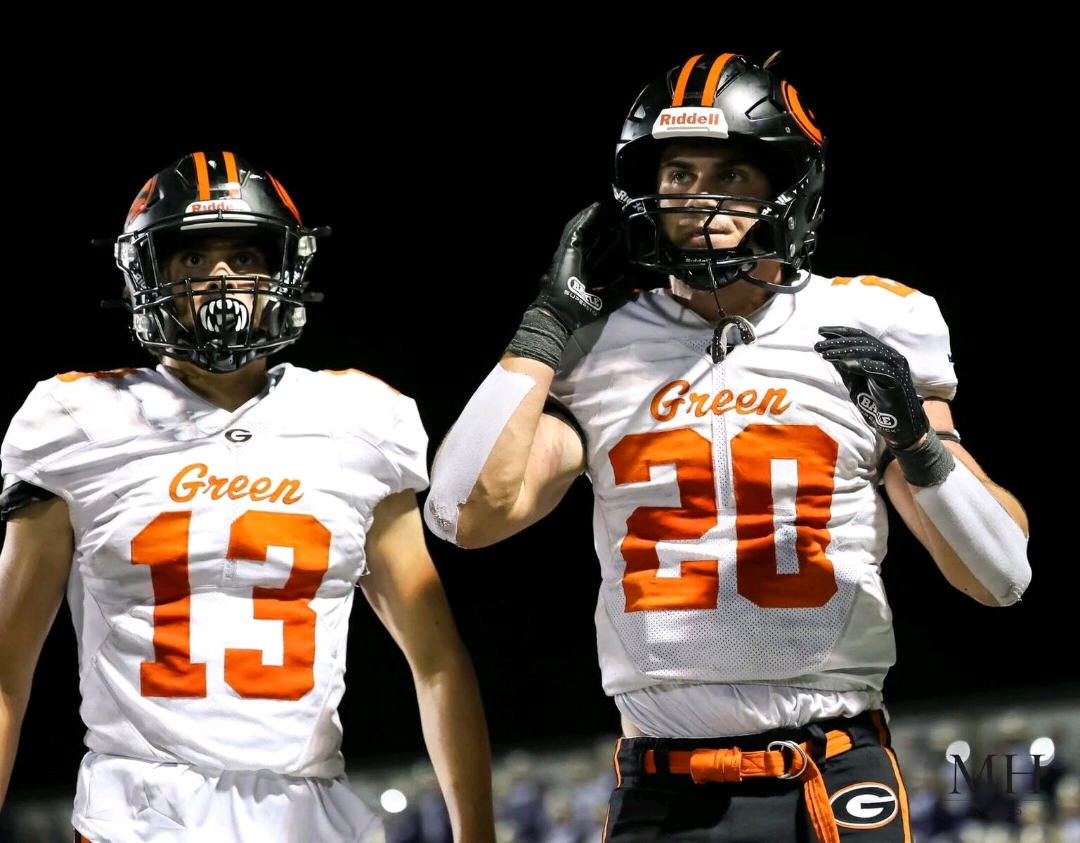“No, David!” David Shannon, the author of “David Goes to School”, was a stereotypical trouble maker in elementary school.
Shannon was an elementary school student, who only knew how to spell the word “no” and his name, “David.” This sparked a young Shannon to write a book about his many instances of getting in trouble, which he would find later in life and rewrite the story to create his popular book.
This book follows the adventures of David, a problematic child who causes chaos everywhere he goes, and is consistently told “No, David!”. David participates in food fights, paints his friends, and breaks countless classroom rules. This leaves us wondering, who is the David of Green?
“I stood on top of the lunch table and attempted a cartwheel and I got lunch detention,” Junior Sam Matos said.
Matos looks back on his actions and now understands that his difficulty with focusing is correlated to his ADHD. Matos never wanted to act out or get in trouble just to make people mad; instead, he just was not able to suppress his ADHD. He has changed his reputation for the better and is now known for his dedication to the soccer team, kindness and love for the marching band.
Carter Gainer, class of ´28, was a classic prankster in elementary school. He would consistently say and do heinous things in front of teachers, and deny that it was related to him. Gainer would scream and blame it on other teachers or students, which he believed would get him off the hook, but his strategy failed miserably.
During his middle school years, Gainer had so many detentions that it led to an out of school suspension in 6th grade. However, Gainer believes that he is a changed man and has since tamed his behavior with the help of teachers who were patient with him. He advises others to, “stay positive, do your work and always make jokes” in order to enjoy school.
Nowadays, the freshman avoids trouble, he is busy playing football and working on improving his grades.
Hayden Lewis ‘26 was a repeat offender in elementary school, whether it was talking while the teacher was talking or launching bottle rockets without the teacher’s permission, Lewis was always in trouble.
“One of my friends and I started throwing tissues with hand sanitizer at our other friends and started a war of throwing things, which made my teacher furious,” Lewis said.
Lewis was constantly having his parents called to punish him for his devious behavior; however, he claims that he no longer gets in trouble and is a well behaved student.
Nowadays, Lewis thinks the best way to have fun at school is socializing with your friends. He is now on the basketball and baseball teams at the high school.
All of these students have one thing in common, as they grew older they stopped causing as much trouble, this is because younger students need more constant attention.
It is a common misconception that “bad kids” are fueled by ill intent and a desire to cause destruction. According to Euro Careers,“At a basic level, children usually act out when they have unfulfilled wants, desire attention, or don’t want to do something.”
Meaning that students are striving for attention, whether it is positive or negative attention. Sometimes students prefer getting attention from their peers after making a joke, rather than gaining attention from their teacher for doing well in class. Emily Skehill is an expert in the behavior of children and explains that, “Misbehavior is often a sign of an unmet need¨, and that, “Kids don’t crave specifically negative attention; if they’re seeking it out, giving them positive attention instead can still meet their needs while encouraging better behavior.”
Similar to David from the book, these students have learned and grew out of their naughty ways. Students crave positive attention and in David’s case “Good job, David!” was enough to help eliminate his troublemaking actions.
“Teachers pulling me out of class and making me feel like a real person helped me figure out why I was doing certain things in class,” Matos said.
Categories:
The Bad Nuts of GHS: No, David
Story continues below advertisement
0
Donate to Paw Print
$125
$1000
Contributed
Our Goal
Your donation will support the student journalists of Green High School. Your contribution will allow us to purchase licensing, equipment, software, and cover our annual website hosting costs.













